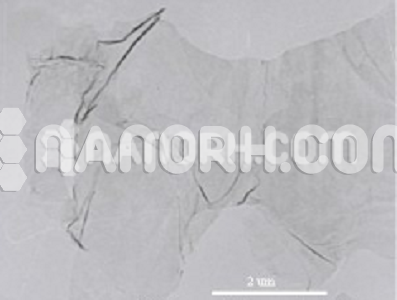| Carbon Nanofibers | |
| Product No | NRE-34004 |
| CAS No | 7440-44-0 |
| Formula | C |
| Molecular Weight | 12.01 g/mol |
| Diameter | 100 nm |
| Length | 2-12 μm |
| Purity | >95% |
| Color | Black |
| Density | 1.4 – 1.6 g/cm3 |
| Specific Surface Area | 54 m2/g |
Carbon NanoFibers
Carbon (from Latin: carbo “coal”) is a chemical element with symbol C and atomic number 6. It is nonmetallic and tetravalent—making four electrons available to form covalent chemical bonds. It belongs to group 14 of the periodic table. Three isotopes occur naturally, 12C and 13C being stable, while 14C is a radionuclide, decaying with a half-life of about 5,730 years. Carbon is one of the few elements known since antiquity.
Carbon is the 15th most abundant element in the Earth’s crust, and the fourth most abundant element in the universe by mass after hydrogen, helium, and oxygen. Carbon’s abundance, its unique diversity of organic compounds, and its unusual ability to form polymers at the temperatures commonly encountered on Earth enables this element to serve as a common element of all known life. It is the second most abundant element in the human body by mass (about 18.5%) after oxygen.
The atoms of carbon can bond together in different ways, termed allotropes of carbon. The best known are graphite, diamond, and amorphous carbon. The physical properties of carbon vary widely with the allotropic form. For example, graphite is opaque and black while the diamond is highly transparent. Graphite is soft enough to form a streak on paper (hence its name, from the Greek verb “γράφειν” which means “to write”), while diamond is the hardest naturally occurring material known. Graphite is a good electrical conductor while diamond has a low electrical conductivity. Under normal conditions, diamond, carbon nanotubes, and graphene have the highest thermal conductivities of all known materials. All carbon allotropes are solids under normal conditions, with graphite being the most thermodynamically stable form at standard temperature and pressure. They are chemically resistant and require high temperature to react even with oxygen.
The most common oxidation state of carbon in inorganic compounds is +4, while +2 is found in carbon monoxide and transition metal carbonyl complexes. The largest sources of inorganic carbon are limestones, dolomites and carbon dioxide, but significant quantities occur in organic deposits of coal, peat, oil, and methane clathrates. Carbon forms a vast number of compounds, more than any other element, with almost ten million compounds described to date, and yet that number is but a fraction of the number of theoretically possible compounds under standard conditions. For this reason, carbon has often been referred to as the “king of the elements”.




